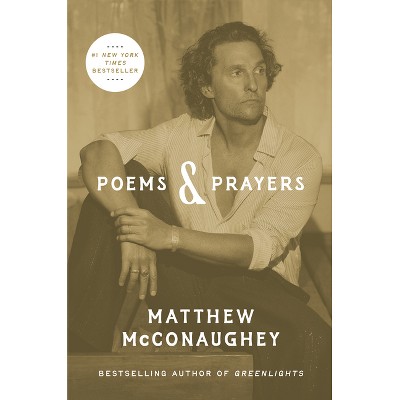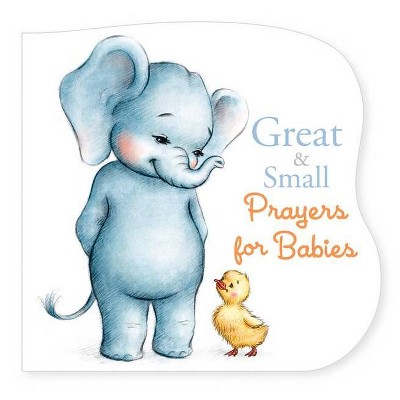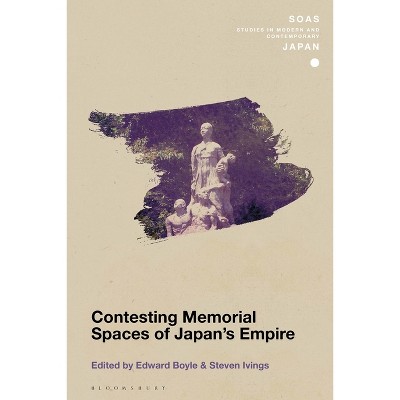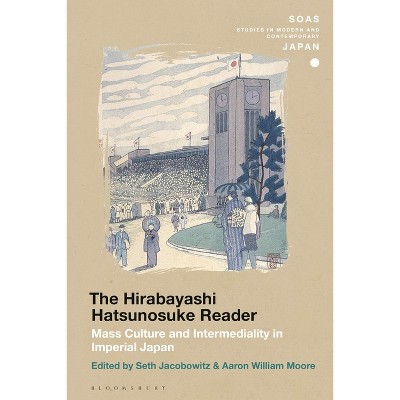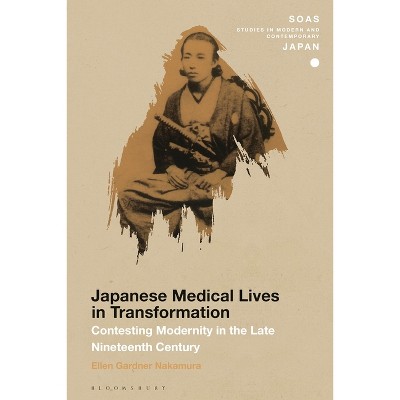Sponsored

Nature, Disaster, and Animism in Japan - by Ishii Miho & Fujihara Tatsushi (Hardcover)
Pre-order
Sponsored
About this item
Highlights
- This open access book argues that existing scholarship on animism, with its focus on harmony, often overlooks a fundamental tension: that the same forces that sustain collective life also demand individual sacrifice.
- About the Author: Ishii Miho is an Associate Professor at the Institute for Research in Humanities, Kyoto University, Japan.
- 296 Pages
- Religion + Beliefs, General
Description
About the Book
This book investigates various disastrous events and their aftermath in Japan to reveal a novel philosophy of life in contemporary Japan, which link humans, nature, and different forms of nonhumans including scientific technology.Book Synopsis
This open access book argues that existing scholarship on animism, with its focus on harmony, often overlooks a fundamental tension: that the same forces that sustain collective life also demand individual sacrifice. Rather than treating disasters as discrete events, the authors examine how vital forces flow between human communities and natural environments. They introduce the concept of anima, a force that is both generative and destructive, flowing from the wild into human communities.
In Japan, the relationship between humanity and nature has been irreversibly altered. In the age of catastrophic modernity, from the atomic bombings of Hiroshima and Nagasaki to the Fukushima nuclear accident, the environment can no longer be understood through traditional frameworks. This is not the unspoiled wilderness of the past, nor is it the ancient landscape of traditional animism.
Drawing on detailed case studies from Japan's transformed landscapes, polluted seas, contaminated forests, and post-disaster zones, this open access volume re-examines the work of influential Japanese thinkers such as Minakata Kumagusu and Isozaki Arata. The contributors explore how contemporary artists, activists, and communities develop animic thoughts and practices that emerge not from pristine nature but from environments bearing the scars of industrial development and disaster. Moving beyond simple critiques of modernity, the book proposes an anima philosophica: a new framework for understanding how communities engage with environmental forces that transcend human control yet demand ongoing negotiation. The book reveals how animic forces operate in contexts ranging from wartime memorial practices to environmental disasters, from artistic interventions to community rituals. It offers new tools for navigating our precarious relationship with a world where nature, technology, and humanity are deeply and dangerously intertwined. The ebook editions of this book are available open access under a CC BY-NC-ND 4.0 licence on bloomsburycollections.com. Open access was funded by the Bloomsbury Open Collections Library Collective.
Review Quotes
"In this stunning edited volume, Ishii, Fujihara, and their author collaborators make clear how very important the circulation - as well as harnessing - of forces and vitalities is to the Japanese national framework. Combining literary, artistic, media, historical, and ethnographic analysis, this book shows us the remarkable poignancy of Japan in illuminating the redundancies of Western dichotomies when it comes to human-nature relations. It is a must-read for those searching for other perspectival analytics in their understanding of current environmental crises cross-culturally." --Diana Espírito Santo, Pontificia Universidad Católica de Chile, Chile
"Nature is both life-giving and life-taking, as shown by the 2011 Triple Disaster. This collection re-reads human-nonhuman relations in Japan, critically exploring the place of nature in nation-state building, nativist environmentalism, and political power. Feminist artists, Godzilla, mushrooms, and haunting spirits come alive in this deeply interdisciplinary work across art, anthropology, and history. These accessible essays make valuable contributions to Environmental Humanities, Japan Studies, and Critical Media Studies." --Hiromi Mizuno, University of Minnesota, USA "It is a mistake to regard our age as totally secular. Spirits haunt us more and more; the phenomenon we call grief is a good example. We wonder what to make of spirits and how to work with them. Is another world possible? This book is an essential guide to living in the time of hyperobjects." --Timothy Morton, William Marsh Rice University, USA "Inside the cosmopolitan arts and sciences (no, not in some Other place) spirits breathe with anima, the winds of life. This book shows us where to look for forces beyond secular understanding. In the authors' hands, familiar knowledge terrains are transformed." --Anna Tsing, University of California, Santa Cruz, USAAbout the Author
Ishii Miho is an Associate Professor at the Institute for Research in Humanities, Kyoto University, Japan.
Fujihara Tatsushi is an Associate Professor at the Institute for Research in Humanities, Kyoto University, Japan.
Shipping details
Return details
Trending Non-Fiction


